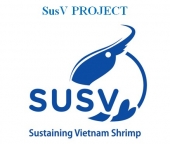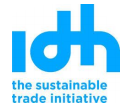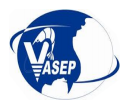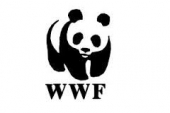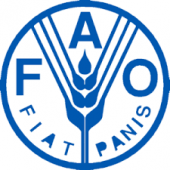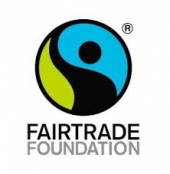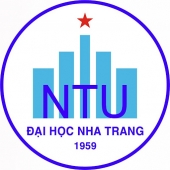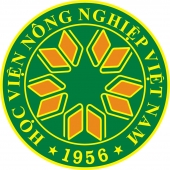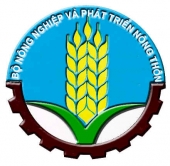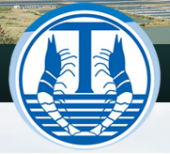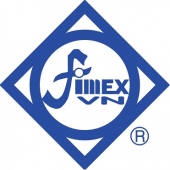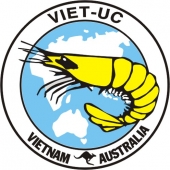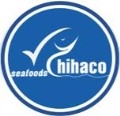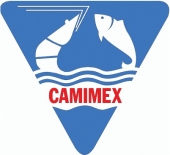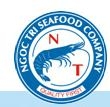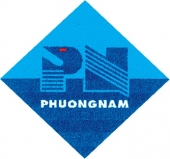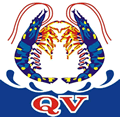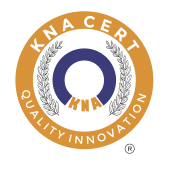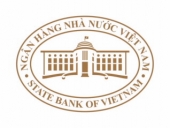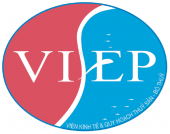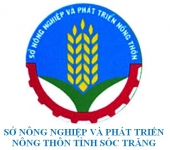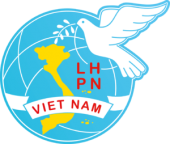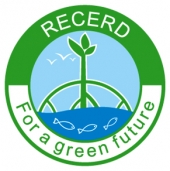
The prolonged drought and subsequent saltwater intrusion in the Mekong Delta of Vietnam have damaged more than 81,000 hectares of shrimp breeding ponds in eight provinces, according to that country’s Ministry of Agriculture and Rural Development (MARD).
Farmers in Ca Mau Province in the very south of the country, where most of the big shrimp farmers are located, have suffered the biggest losses, followed by farmers and breeders in Kien Giang, Bac Lieu and Soc Trang provinces.
Losses incurred in Ca Mau are estimated at VND 260 billion (USD 11.6 million, EUR 10.4 million).
Most of the farmers in Ca Mau import shrimp larvae from central Vietnam, where the breeding stations are situated – around Cam Rhanh and Nha Trang. These are sent down to Ca Mau, but can’t survive when the salinity is too high as it is due to the drought.
The chairman of Ca Mau People’s Committee, Nguyen Tien Hai, has instructed departments and agencies in the province to focus on measures to combat the drought and saltwater intrusion.
The province has speeded up construction of irrigation works with a total investment of VND 18 billion (USD 803,000, EUR 720,580), which is expected to help minimize the impact of the drought.
Although it was planned before the drought, it has just been announced that a European Union-funded project to upgrade the methods used for breeding and farming shrimp in three provinces in the Mekong Delta has full approval needed to begin work,according to Vietnam News.
The project, worth EUR 2.5 million (USD 2.8 million), is designed to “promote sustainable economic prosperity and poverty reduction” in the provinces of Soc Trang, Bac Lieu and Ca Mau. It was set up by the International Collaborating Center for Aquaculture and Fisheries Sustainability and Oxfam “for the benefit of small and medium sized processors, shrimp producers and local residents” and will run until February 2020.
Alejandro Montalban, Minister Counselor of the Delegation of the E.U. to Vietnam, said the project “would contribute to efficient use of resources, responsible production supply chains and practices, improved social and environmental conditions, and reduced waste.”
Besides technical support, the project team will work with stakeholders to help small scale-shrimp farmers and small and medium-sized shrimp processors to access adequate financing.
“The aim is to give shrimp farmers and processors a stronger voice when negotiating with other participants in the value chain,” Montalban said.
According to Nguyen Le Hoa, deputy country director of Oxfam in Vietnam, speaking at a seminar held in Can Tho on 25 May, about one million Vietnamese people earn a living from shrimp production, and 80 percent of them are small-scale farmers.
Shrimp production nationwide provides three million jobs in shrimp processing plants, she said.
However, the recent boom in unlicensed or uncertified farms has caused pollution of freshwater resources and contributed to the destruction of submerged forests and depletion of fisheries resources.
Shrimp farmers had suffered losses because of disease outbreaks, and unguaranteed quality of shrimp fries and feed, Nguyen added. Many shrimp farmers said the quality of shrimp fries and medicine for treating shrimp diseases had not been strictly managed as the authorities had not imposed suitable standards.
Ngo Cong Luan, director of the 14 October Agriculture and Fisheries Cooperative in Soc Trang Province, said his members had suffered losses even though they reared shrimp under Vietnamese Good Agriculture Practices (VietGAP). Processors would only pay the cooperative’s farmers the same price as shrimp bred by traditional methods even though the costs of applying VietGAP were higher.
Tran Quoc Tuan, chairman of the 30 April Cooperative Team in Bac Lieu Province, said that shrimp breeders needed a large amount of capital for their businesses. In years when they suffer losses, they cannot pay back bank loans or take out new ones to breed shrimp for the next crop, he said.
A survey showed that a majority of Vietnamese shrimp processors and exporters still use middlemen to sort shrimp collected from farms to deliver pre-size-selected product to the processors, so costs were double of those of equivalent Thai shrimp companies.
Furthermore Vietnamese companies had not paid sufficient attention to building brand names and marketing strategies, and had created few products with added value.
Whether the project will help to put right the devastation caused by the drought and saltwater intrusion is open to question. However it is regarded as the only way to keep Vietnam an independent shrimp farmer and not more and more dependent on imported raw material.
At present, the biggest suppliers of shrimp products from Vietnam import more than 50 percent of their raw material for processing from other countries such as Indonesia, India and China.
Source: http://www.seafoodsource.com/news/aquaculture/vietnam-shrimp-farming-sec...

